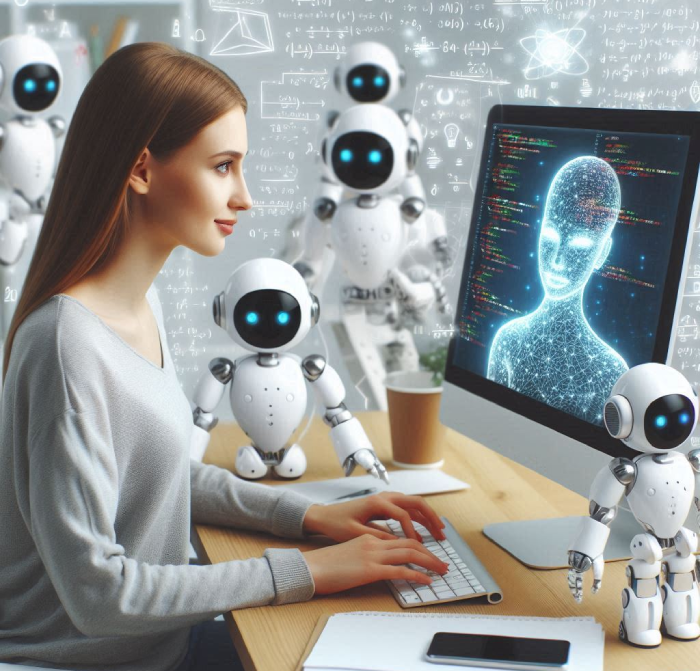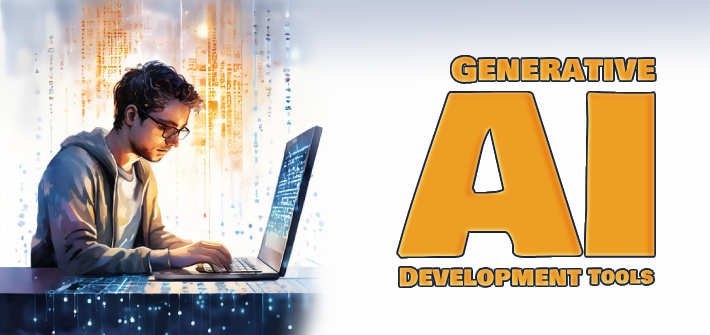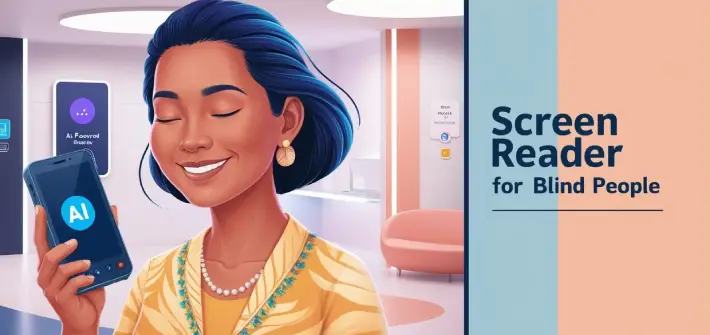In today’s fast-paced development environment, developers are constantly seeking ways to streamline their workflows and boost productivity. Consequently, one promising solution gaining traction is the use of generative AI tools. These innovative technologies leverage machine learning algorithms to automate various aspects of the development process, from code generation to design optimization. In this comprehensive guide, we’ll explore the benefits, challenges, and best practices for incorporating generative AI tools into your development workflow.

Understanding Generative AI Development Tools
What is Generative AI?
Generative AI refers to a subset of artificial intelligence techniques that focus on generating new content, such as images, text, or code, based on patterns and examples from existing data. In the context of software development, generative AI tools analyze codebases, learn from them, and generate new code snippets or even entire programs. This automation can significantly speed up the development process and reduce the need for manual coding.
Benefits of Generative AI for Developers
Increased Productivity
One of the primary advantages of using generative AI tools is the significant boost in developer productivity. Consequently, by automating repetitive tasks and generating code snippets, developers can effectively direct their time and energy towards more complex and creative aspects of software development.
Faster Prototyping
Generative AI tools excel at quickly generating prototypes and proof-of-concept implementations. Moreover, this rapid prototyping capability allows developers to explore multiple design options and iterate on ideas more efficiently. Consequently, it ultimately accelerates the development cycle.
Improved Code Quality
Generative AI tools can help maintain code consistency and adhere to best practices by analyzing existing codebases and generating code that aligns with established standards. Consequently, this can result in cleaner, more maintainable code, which in turn reduces the likelihood of errors and bugs.
Accelerated Learning Curve
For developers new to a particular programming language or framework, generative AI tools can serve as invaluable learning aids. By analyzing existing codebases and providing real-time suggestions and corrections, these tools help developers quickly grasp complex concepts and best practices. Consequently, they accelerate the learning curve, thus enabling developers to become more proficient programmers in less time.
Challenges and Considerations
Over-Reliance on Automation
While generative AI tools offer significant benefits, developers must be cautious not to over-rely on automation. It’s essential to strike a balance between leveraging AI for productivity gains and maintaining a deep understanding of the underlying codebase and development principles.
Ethical and Security Concerns
As with any AI technology, there are ethical and security considerations to take into account when using generative AI tools. Developers must ensure that sensitive data is handled appropriately and that the generated code meets security and privacy requirements.
Challenges and Considerations
While the benefits of generative AI are undeniable, it’s essential to acknowledge the challenges and considerations associated with integrating these tools into your development process. Some of the key challenges include:
- Ethical Considerations: As generative AI becomes more prevalent in software development, ethical concerns surrounding issues such as bias, privacy, and security are becoming increasingly important. It’s crucial for developers to be aware of these considerations and take proactive steps to mitigate potential risks.
- Technical Limitations: While generative AI has made significant strides in recent years, it’s still not perfect. Developers may encounter technical limitations and edge cases where these tools struggle to generate accurate or efficient code. Therefore, it is essential to understand the strengths and limitations of generative AI. Consequently, using it judiciously in conjunction with traditional programming methods becomes crucial.
- Integration Complexity: Integrating generative AI tools into your existing development workflow can be complex and time-consuming. Therefore, developers may need to invest significant time and resources into training and customizing these tools to suit their specific needs. Consequently, it’s essential to carefully evaluate the cost-benefit tradeoffs and ensure that the benefits outweigh the challenges.

Exploring Generative AI Development Tools
Popular Generative AI Tools
OpenAI Codex
OpenAI Codex is a powerful AI model trained on vast amounts of code from GitHub repositories. It can understand and generate code in multiple programming languages, making it a versatile tool for developers.
GitHub Copilot
GitHub Copilot is an AI-powered code completion tool built into the Visual Studio Code editor. It provides intelligent code suggestions based on context and can even generate entire functions or classes.
DeepCode
DeepCode analyzes codebases using machine learning techniques to identify potential issues, bugs, and vulnerabilities. Moreover, it provides actionable recommendations to improve code quality and security.
Best Practices for Using Generative AI Tools
Start Small and Experiment
When incorporating generative AI tools into your workflow, start with small experiments and gradually expand their use. This allows you to assess their effectiveness and address any challenges or limitations.
Collaborate and Share Knowledge
Encourage collaboration among team members by sharing knowledge and experiences with using generative AI tools. As a result, this fosters a culture of learning and innovation, ultimately enabling developers to maximize the benefits of these technologies.
Stay Informed and Adapt
Generative AI is rapidly evolving. New tools and techniques are emerging regularly. Stay informed about the latest developments. Be prepared to adapt your approach to leverage the full potential of these technologies.
The Future of Programming
The adoption of generative AI tools marks a significant paradigm shift in the field of programming. Additionally, as technology continues to advance, developers are increasingly turning to AI-powered solutions to streamline their workflows and tackle complex coding challenges more efficiently. By harnessing the power of machine learning and natural language processing, generative AI has the potential to revolutionize the way software is developed. This enables developers to build smarter, more robust applications in less time.
Conclusion
Generative AI tools have the potential to revolutionize the way developers work, offering unprecedented levels of automation and productivity. Moreover, by understanding the benefits, challenges, and best practices for using these tools, developers can harness their power to streamline development workflows, accelerate prototyping, and improve code quality. Additionally, as the field continues to advance, embracing generative AI will become increasingly essential for staying competitive in the ever-evolving landscape of software development.




